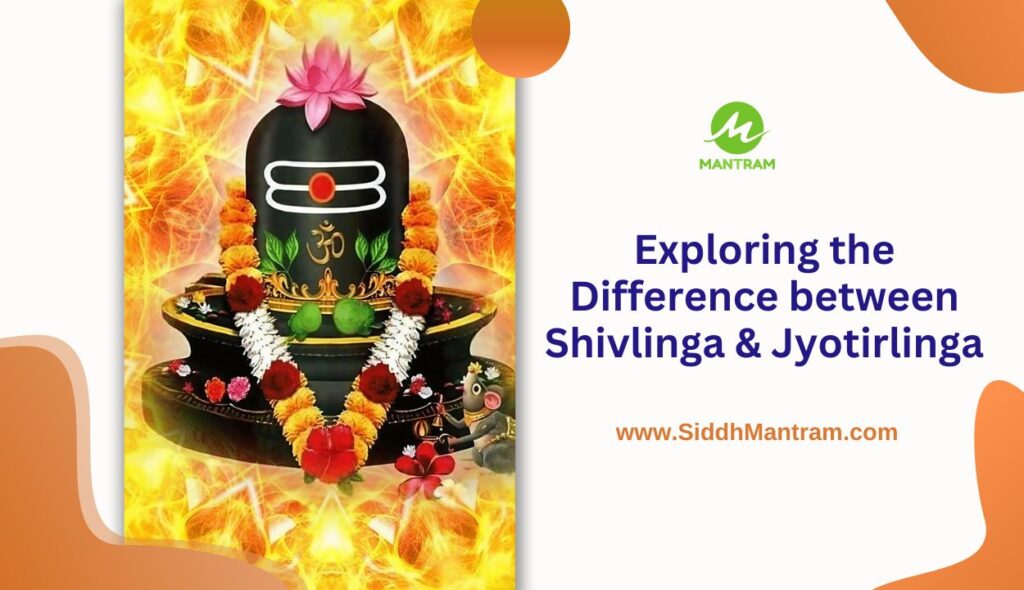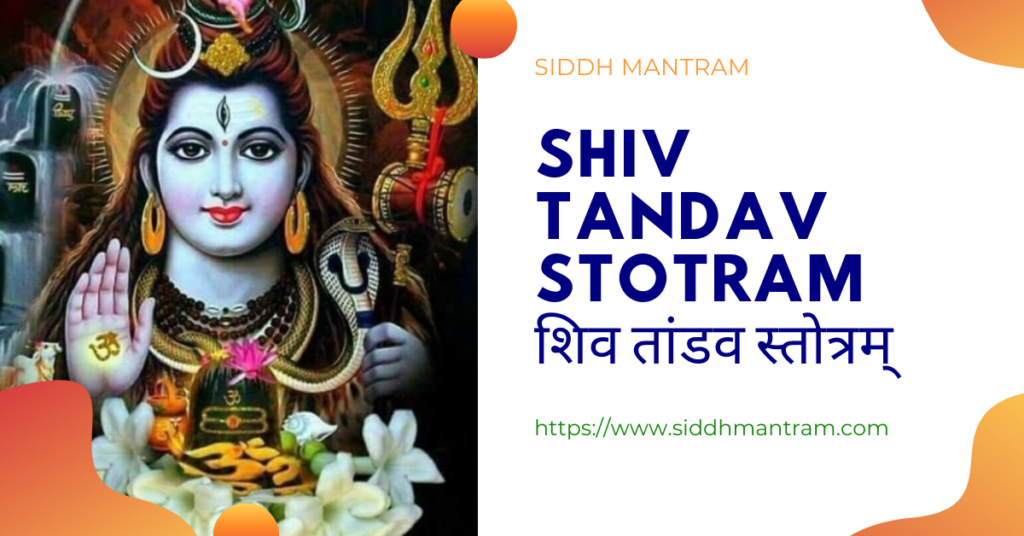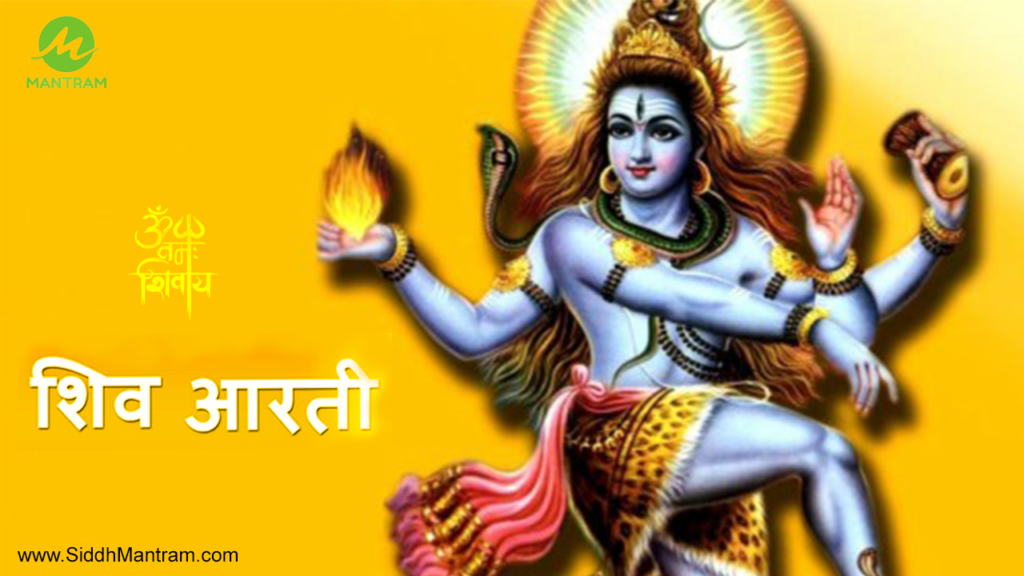In Hindu Dharma, the worship of Lord Shiva finds expression through various symbolic forms, two of the most significant being the Shiva Linga and the Jyotirlinga.
While both hold a special place in the hearts of devotees, they represent distinct facets of the divine.
Shiva Linga: Symbolic Representation of Shiva
The Shiva Linga is a revered symbol in Hindu Dharma, representing Lord Shiva.
It takes the form of a pillar, embodying the infinite nature of Shiva and the cosmic creation.
Devotees express their reverence by offering prayers, flowers, milk, and other sacred items to the Shiva Linga.
According to Swami Vivekananda, the Shiva-linga has its roots in the ancient concept of Yupa-Stambha or Skambha from Vedic rituals.
In this context, the term referred to the sacrificial post, which was later idealized as the eternal Brahman.
This profound connection underscores the Shiva Linga’s significance as a timeless representation of the divine in the intricate tapestry of Hindu philosophy.
Jyotirlinga: Radiant Manifestations of Shiva’s Power
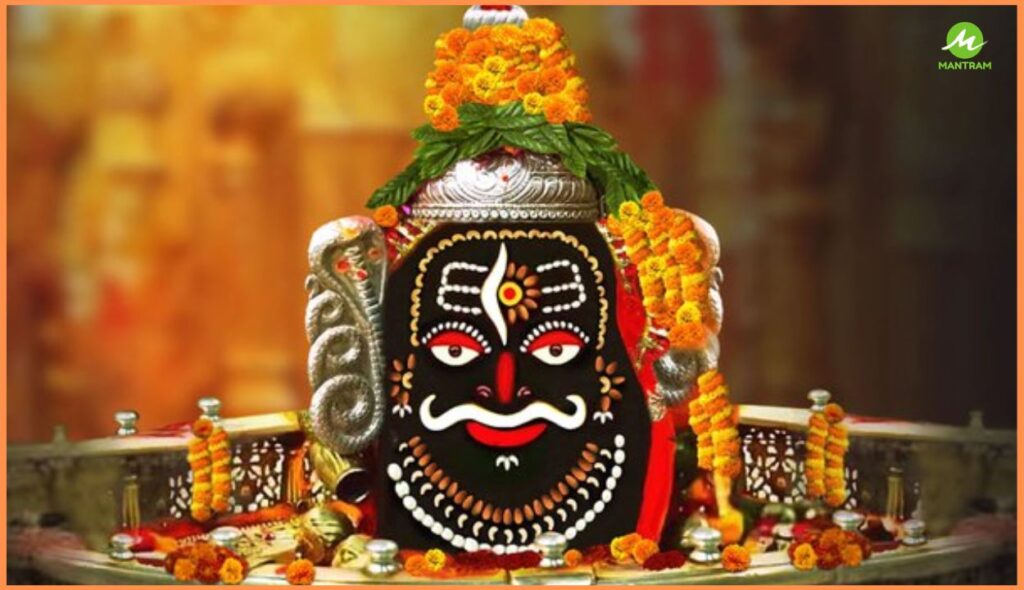
Jyotirlinga refers to a specific set of twelve Shiva Lingas, each considered a potent manifestation of Lord Shiva.
The term “Jyotirlinga” combines “Jyoti” (radiance or light) and “Linga,” signifying Shiva.
These twelve Jyotirlingas are believed to be self-manifested and are associated with significant events in Shiva’s life.
Pilgrimage to these Jyotirlingas is considered highly auspicious for Shiva devotees.
The Inherent Difference
Jyotirlingas are ‘Swayambhu,’ occurring on their own, whereas Shivlingas can be man-made or self-manifested.
According to Shiva Purana, Jyotirlingas manifested wherever Lord Shiva appeared as light and was pleased by devotees.
Shiva Lingas, in contrast, exist in various forms across the country, and people worship them with profound devotion.
The Twelve Sacred Jyotirlingas
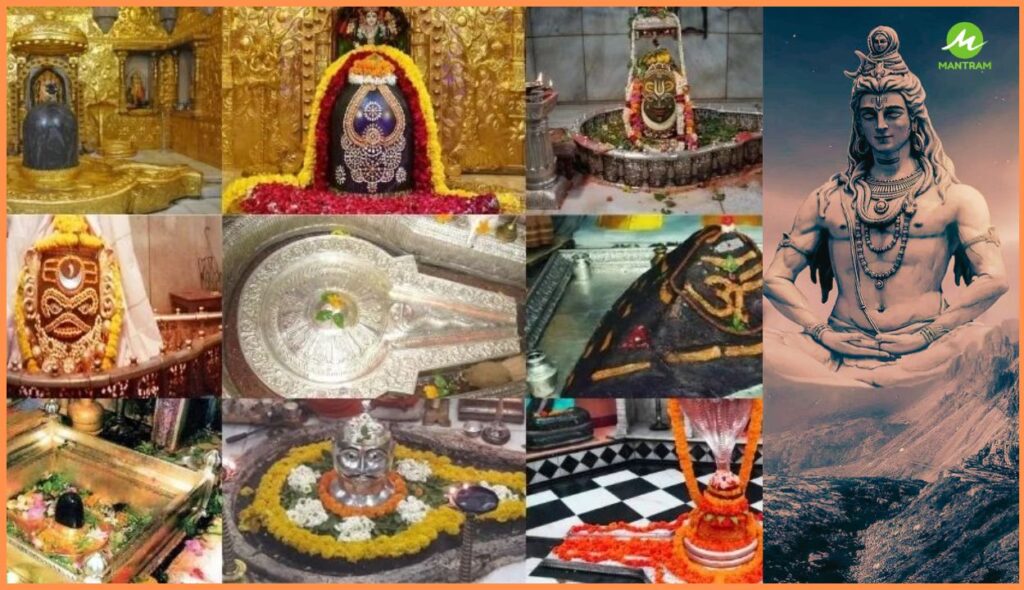
- Somnath in Gujarat
- Mallikarjuna in Srisailam, Andhra Pradesh
- Mahakaleshwar in Ujjain, Madhya Pradesh
- Omkareshwar in Mandhata Island, Madhya Pradesh
- Kedarnath in Uttarakhand
- Bhimashankar in Pune, Maharashtra
- Kashi Vishwanath in Varanasi, Uttar Pradesh
- Trimbakeshwar in Nashik, Maharashtra
- Vaidyanath (Vaijnath) in Deoghar, Jharkhand
- Nageshwar (Aundha Nagnath) in Dwarka, Gujarat
- Rameshwar (Ramanathaswamy) in Rameswaram, Tamil Nadu
- Grishneshwar near Ellora, Maharashtra
Pancha Bootha Lingas: The Five Elements
Apart from the Jyotirlingas, there are five powerful Shiva Lingas associated with the Pancha Mahabootha elements.
These elements – Fire (Agni), Air (vayu), Ether or Sky (Akasha), Water (Jal), and Earth (Prithvi) – form the basis of these lingams.
Pancha Bhoota Stalams, located in Tamil Nadu and Andhra Pradesh, is dedicated to Lord Shiva in the form of these five lingams.
The Five Pancha Bootha Lingas
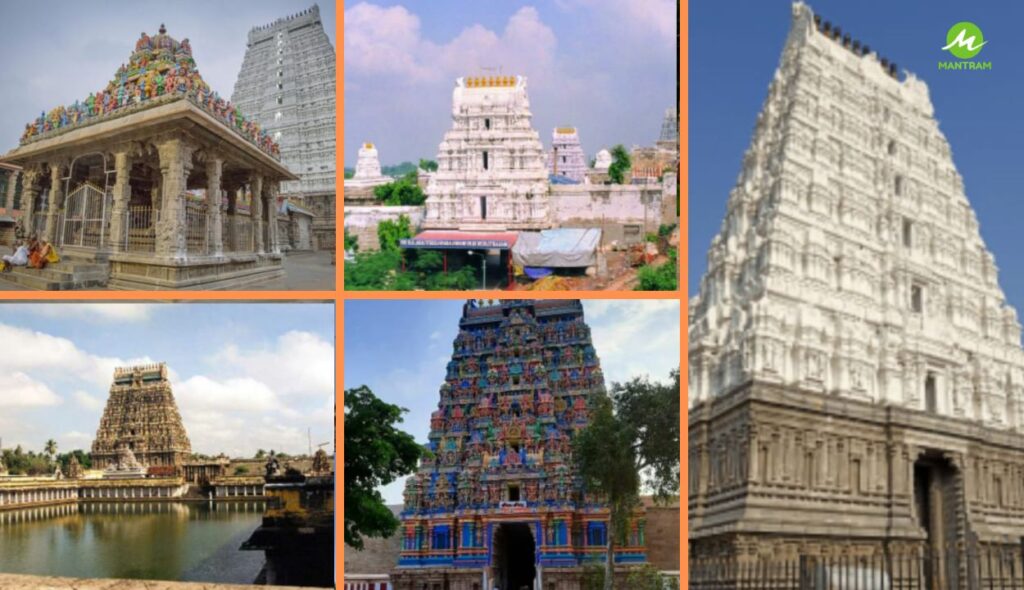
- Prithivi Linga at Ekambareshwar Temple in Kanchipuram, TN.
Ekambareshwarar, also known as Ekambaranathar Temple, is a prominent representation of the earth element (Prithvi) in Kanchipuram.
This expansive temple, dedicated to Lord Shiva, features the revered Shiva Lingam named Ekambareshwarar or Ekambaranathar. Goddess Parvati, his consort, is venerated as Elavarkuzhali.
- Appu or Jambu Linga at Jambukeshwar Temple in Thiruvanaikal, Trichy.
The Jambukeswarar Temple in Tiruchirapalli, Tamil Nadu, is a Pancha Bhoota Stala, representing the water element with the presiding deity as the Appu Lingam.
It holds significance as one of the 275 Paadal Petra Sthalams, where Saivite Saints (Nayanars) have sung praises of the deity.
- Aagaya or Akasha Linga at Thillai Natarajar Temple, Chidambaram, TN.
In this temple, Lord Shiva appeared in the form of the Akasha element.
Here, the worship of Lord Shiva is done in the form of the “Akasha Lingam,” indicating that the divine nature of God transcends human understanding.
The Nataraja Temple is unique because it doesn’t follow the traditional worship of lingams commonly seen in other temples.
- Vayu Lingam at Shri Kalahastheeshwara Temple, AP.
The temple features the Vayu Lingam, symbolizing the wind among the five elements.
It is renowned for the Sarpadosha (Rahu Ketu) Nivaarana Pooja.
Originating in the 12th century under Chola King Rajarajendra Chola, the Kalahasti Temple worships Lord Shiva as Kalahasteeswara during the Kalahasti Temple Festival.
Notably, a flickering lamp inside the sanctum defies the lack of air movement.
- Agni or Jyothi Lingam at Arunachaleshwar Temple, Thiruvannamalai, TN.
Arunachaleshwar Temple in Thiruvannamalai, Tamil Nadu, is a significant Shaivite place of worship and one of the world’s largest Shiva Temples.
Nestled at the base of the Arunachala Hills, the temple showcases impressive structures and remarkable architecture.
Also, Legend says that Shiva has himself manifested as an element of fire in this temple.
Conclusion
In the vibrant tapestry of Sanatana Dharma, the Shiva Linga and Jyotirlinga hold profound significance.
While the Shiva Linga symbolizes the omnipresence of Lord Shiva, the Jyotirlingas represent his radiant and self-manifested forms.
Pilgrimage to these sacred sites remains a spiritual journey for devotees, reinforcing the deep-rooted connection between the divine and the earthly realm.

